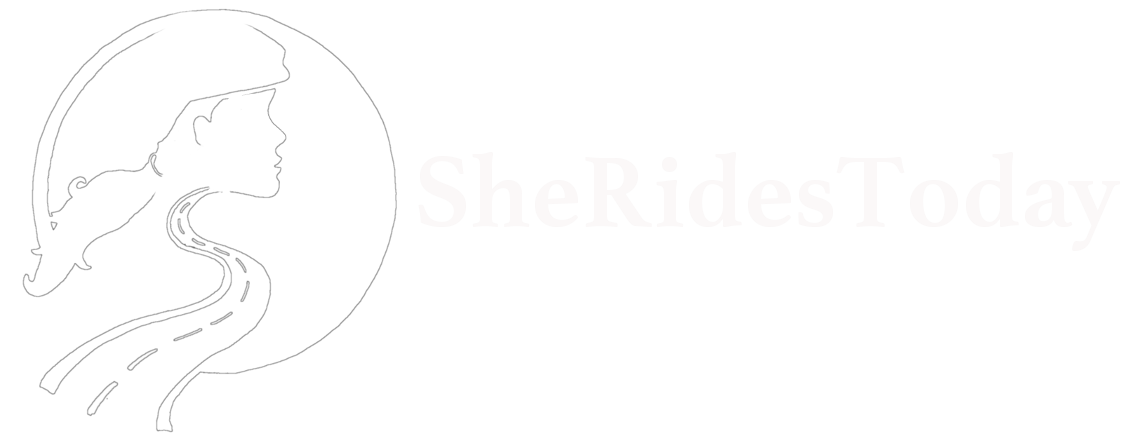by sheridestoday.com
After several massages, stretches, and joining a health club, the pain lessened at the knee, but grew in complexity. I came to find that my left “middle” it tight and contracted. My left side, lower back, hip, psoas, quadriceps, and hamstring are practically immobile compared to my right side. Now, ever since my teen years, the various osteopaths, physical therapist, and massage therapists I’ve seen all note a left-side drop in me. It’s not that my left leg is longer, it’s that my whole spine is curved in such a way that my left shoulder and hip sit lower than the right. However, I have a hankering suspicion that this tightness comes from cycling. Not only is cycling a very physically contracting sport, I always land on the ground using my left leg. I am left-handed, so it only makes sense that I trust my left foot to land more than my right. After a few years of riding in the city, where I sit at stoplights just as long as I pedal, I think the left-side lean is getting to me. When I had a more physical job, the pains of the day would rotate around my body. Now that I have a desk job, my body moves in the same way every day, and I feel the same strain compounding on itself as the day moves on.
From an amazing article about cycling tightening issues: https://physiotonic.wordpress.com/2014/09/19/is-cycling-really-good-for-you-a-must-read-for-office-workers-and-cyclists/
I tried to solve the problem by using my right leg when stopped on a bike. This is not as easy as it may seem. Brushing your teeth with the “wrong” hand is very difficult at first, but you quickly catch on. Thing is, this is the only muscle memory swap that could cause falling down if done incorrectly! I found my right leg simply didn’t reach the ground. I changed the side I hold my bike pannier from the left to the right, hoping the weight would help. The road seems curved in a way that it is sloped downward the closer you get to curb, so I feel like my right side actually has farther to go to reach the ground. Perhaps this left-side drop In my body makes it too hard. Needless to say, it just wasn’t working.
I compromised by getting fully off the saddle and bringing both feet parallel before stepping the left foot down. This shortens the travel between both sides. Before I would stay sitting on the saddle and lean my whole body to the left to reach the ground before popping off the saddle.
I am also doing a series of active stretches every day:
One-legged lunges
One-legged lunges with pelvic tilt
One-legged reverse lunges (with butt up to stretch the hamstrings)
Standing squad stretch
Standing side angle bends
These are all stretches I can do while I wait to meet people or wait for the elevator at work, which ensures I will do them at least once a day. At home on the weekends I will stretch using a foam roller before meditation time. I haven’t seen any changes in my flexibility thus far, but the body does feel better with all this stretching.



